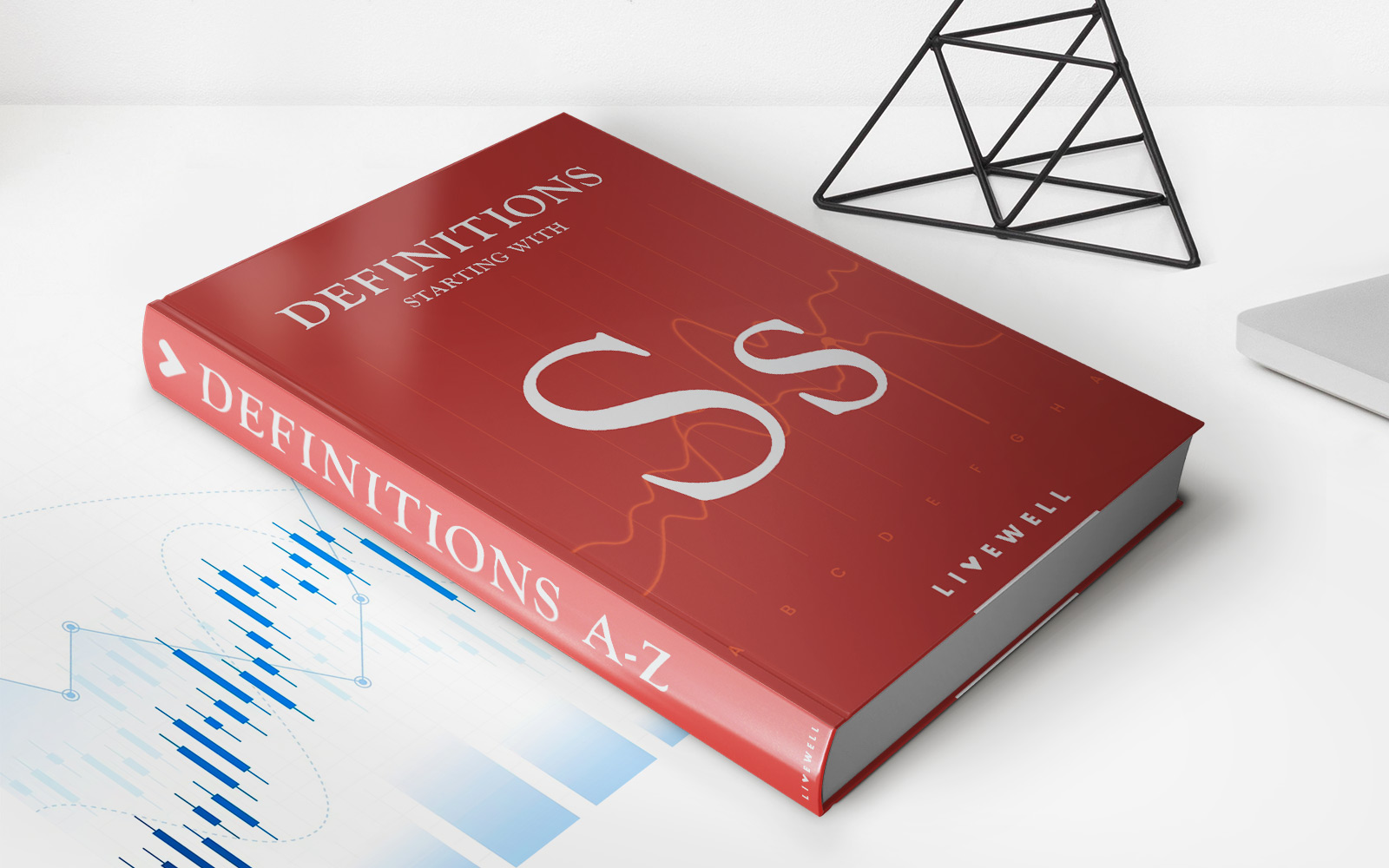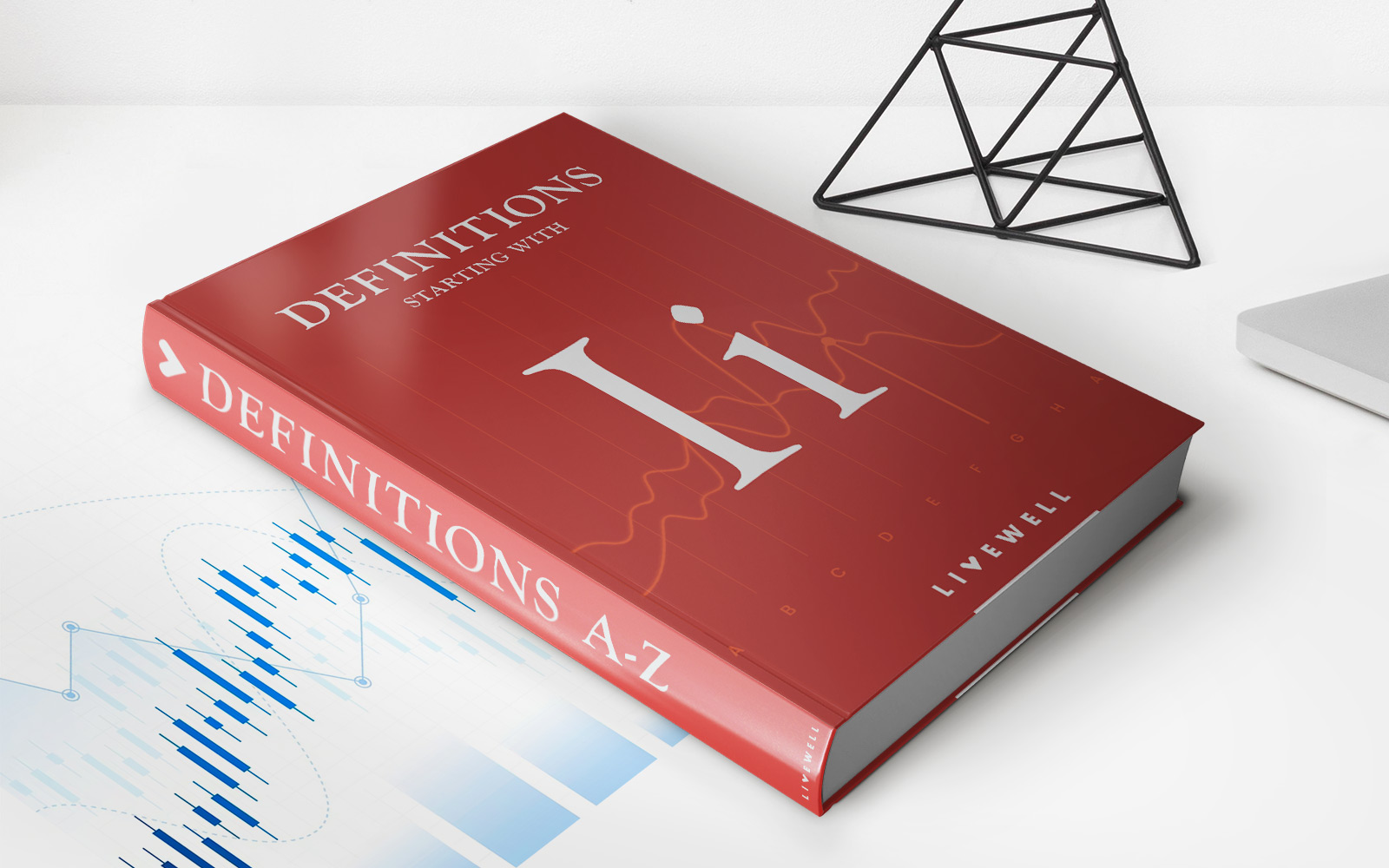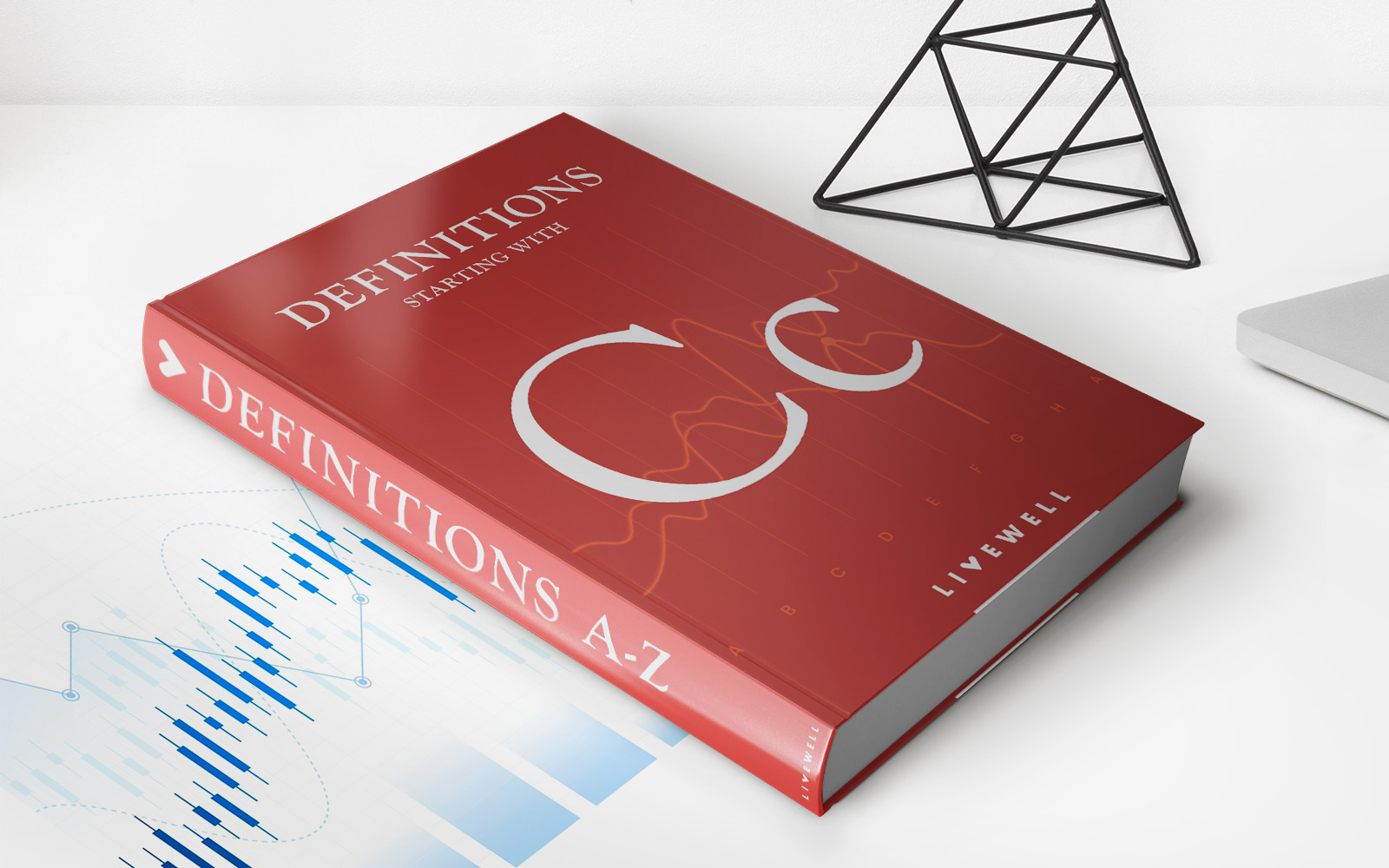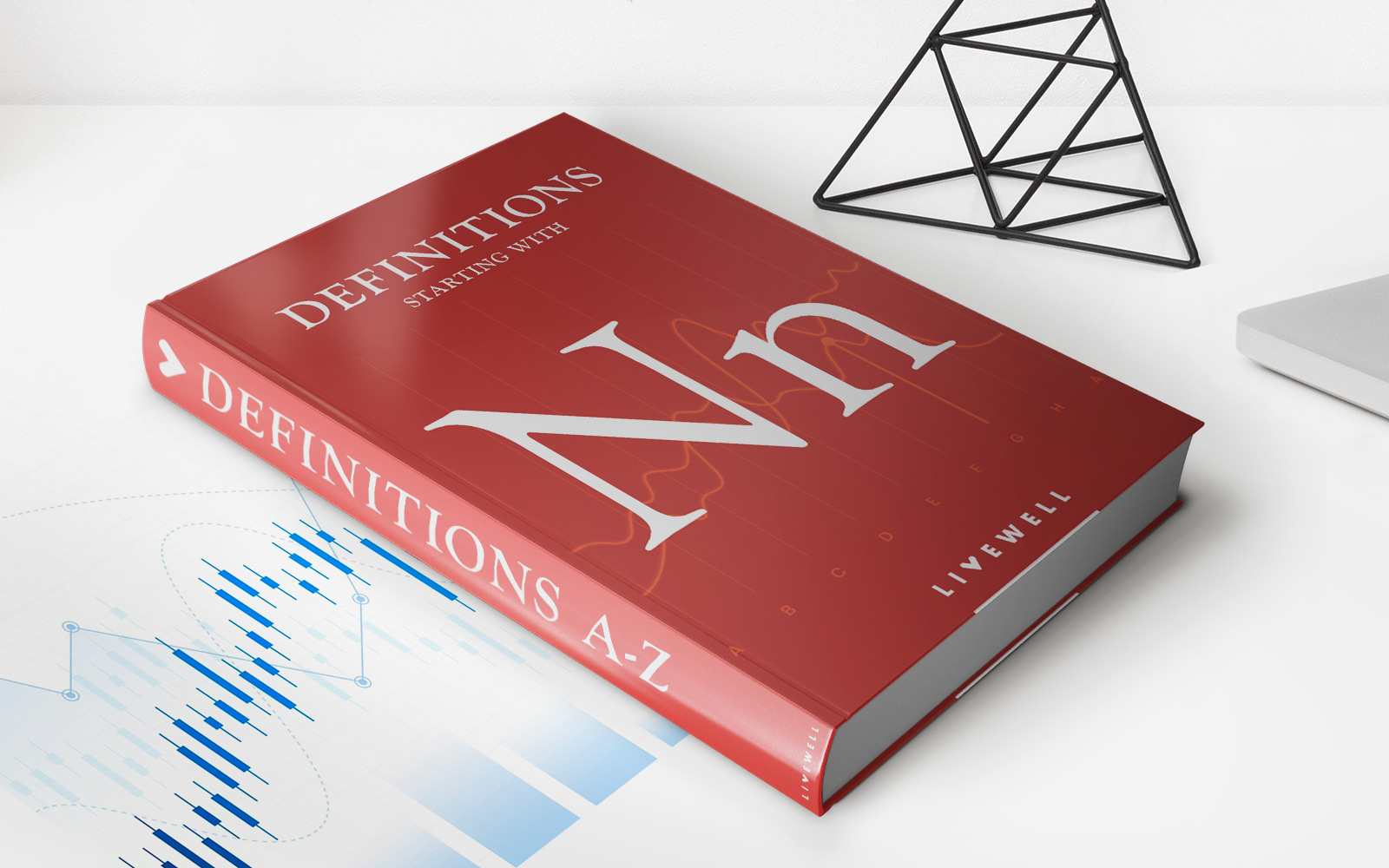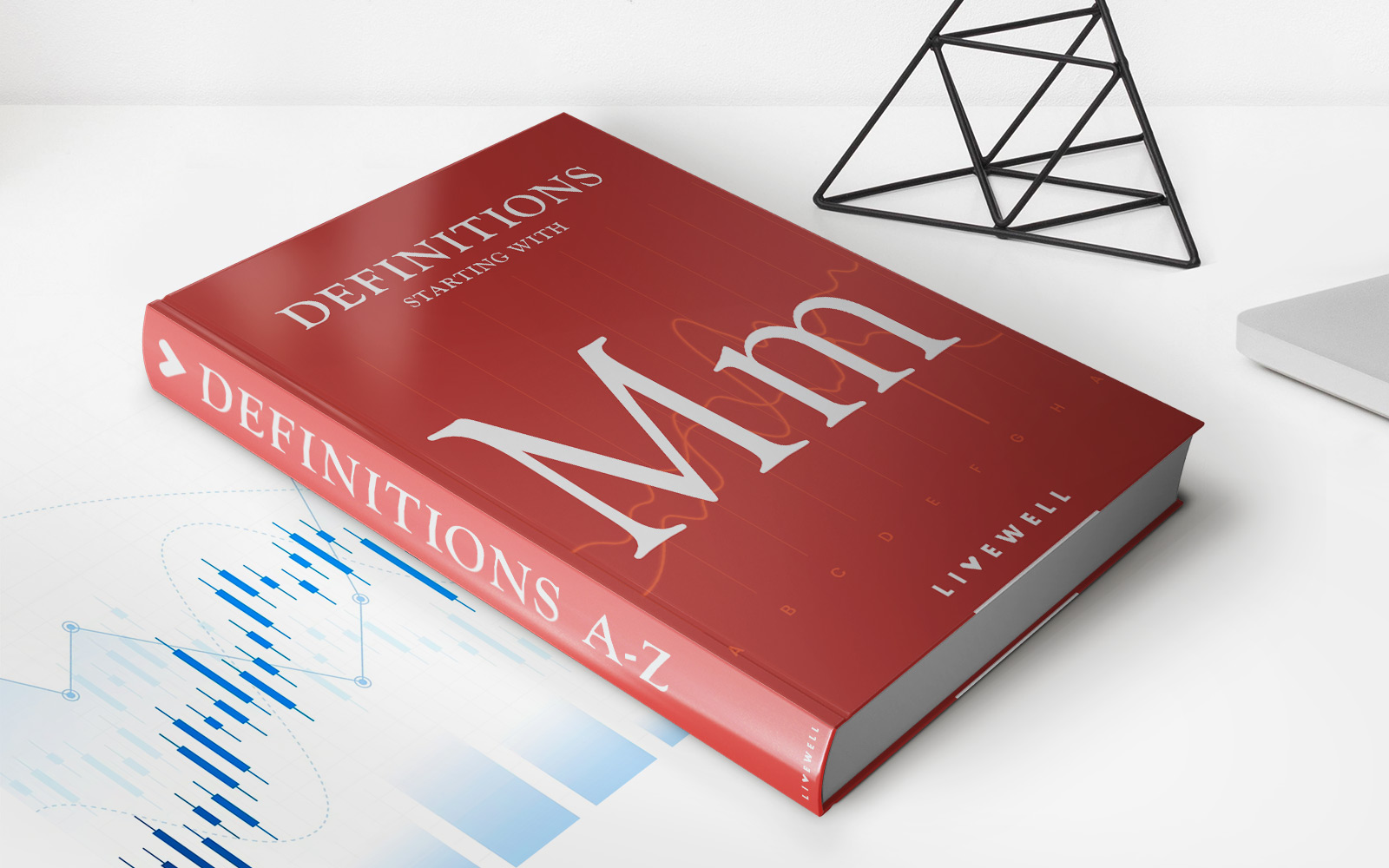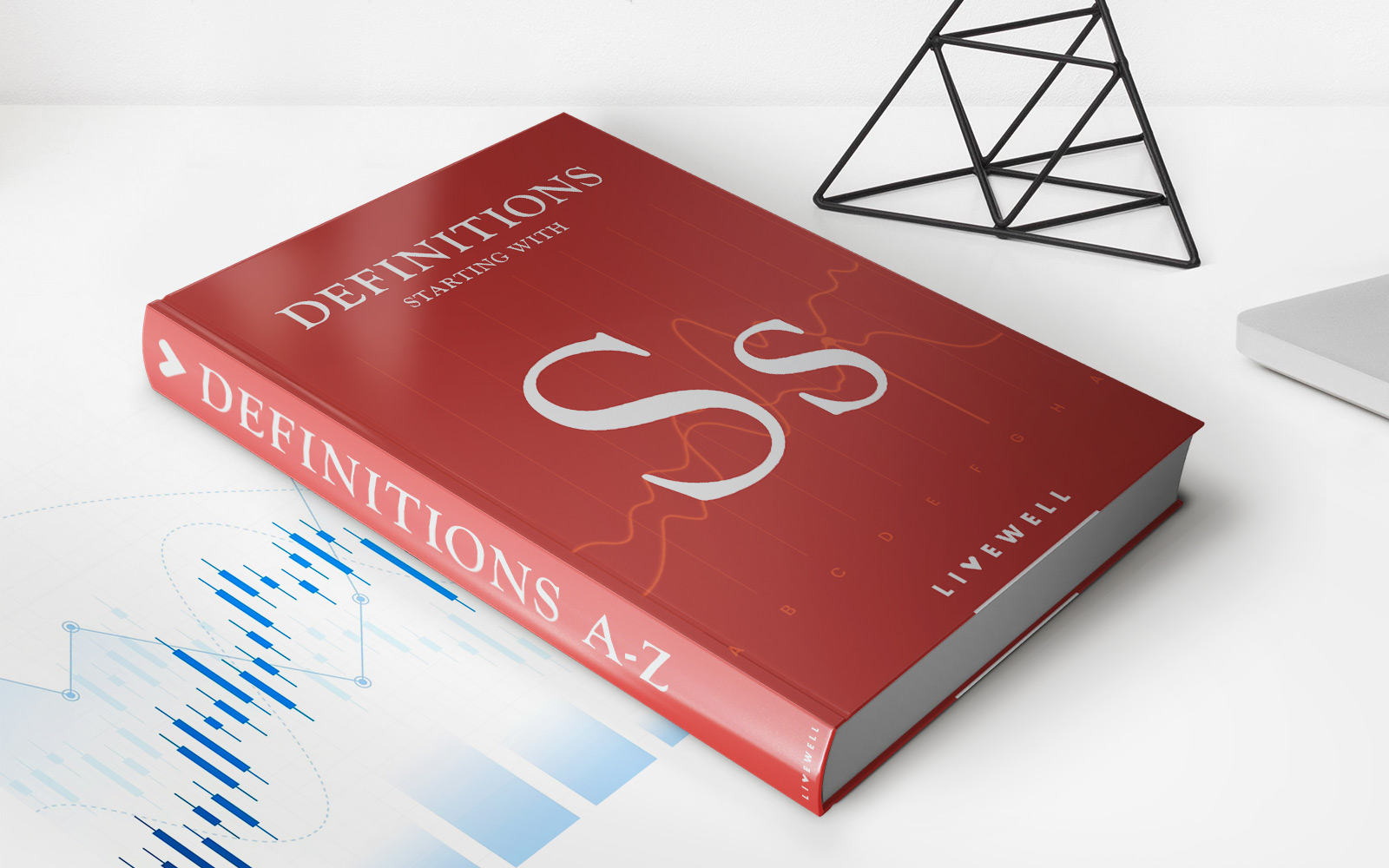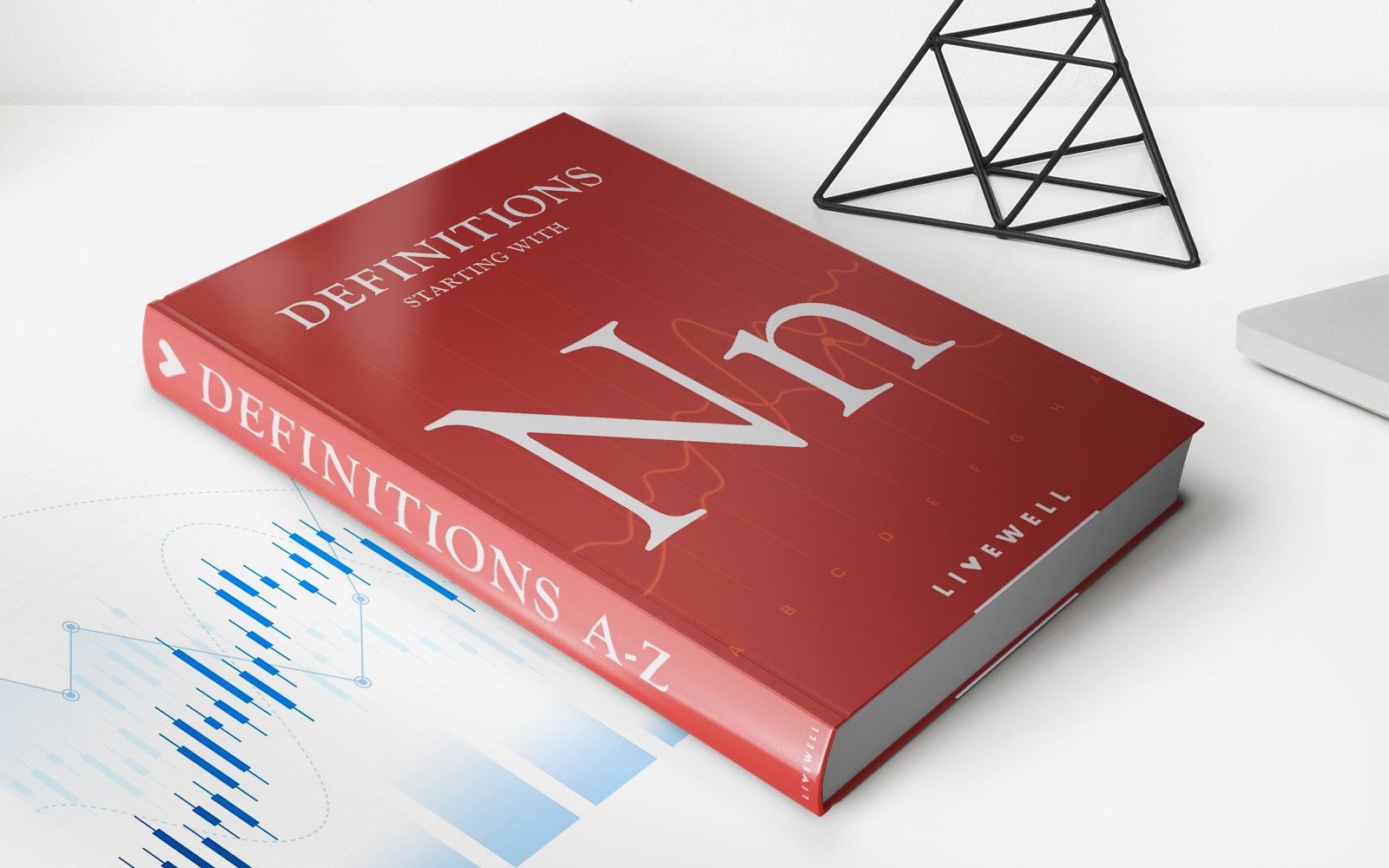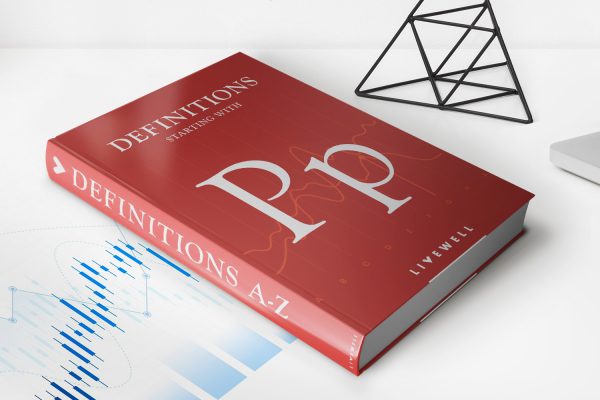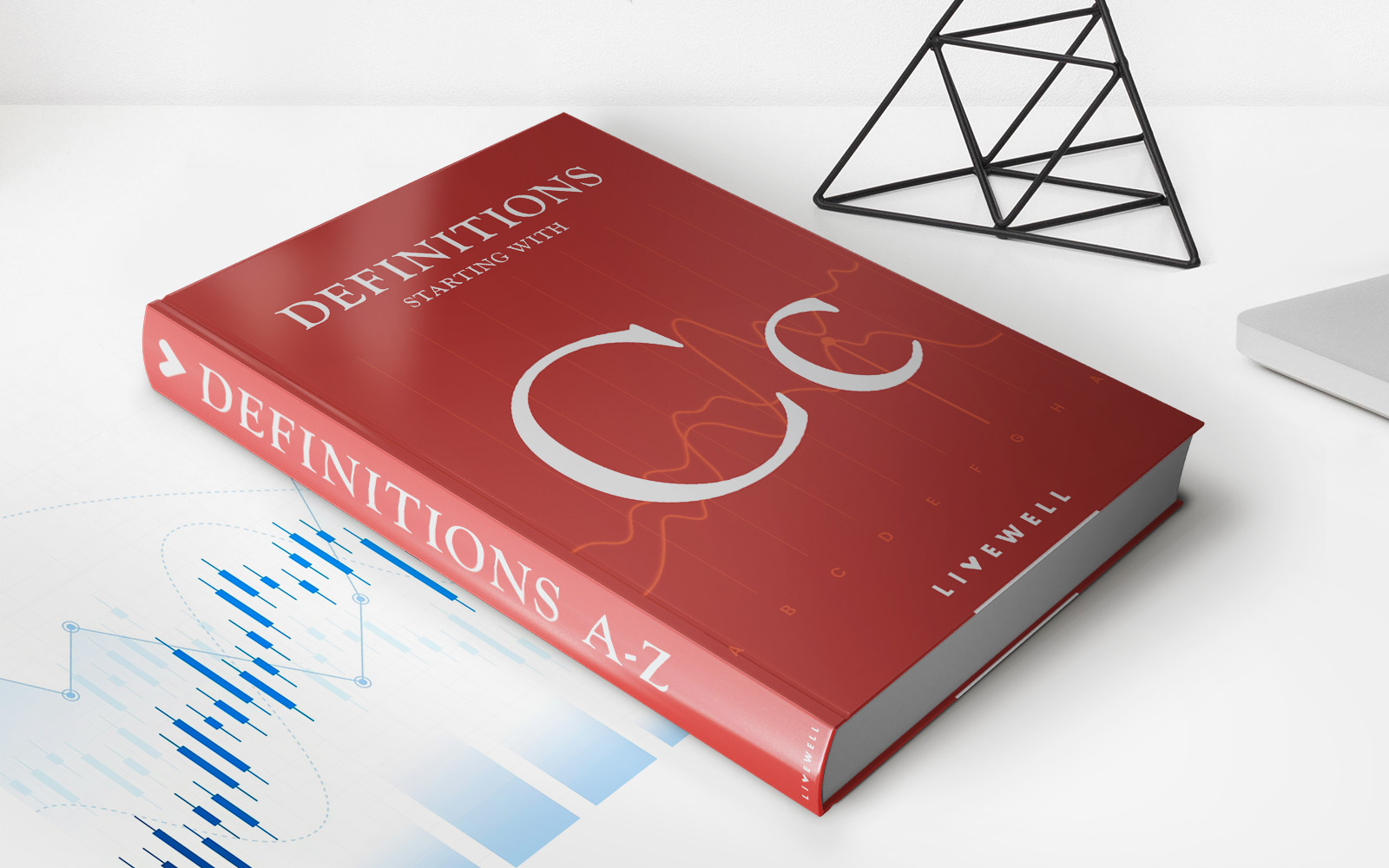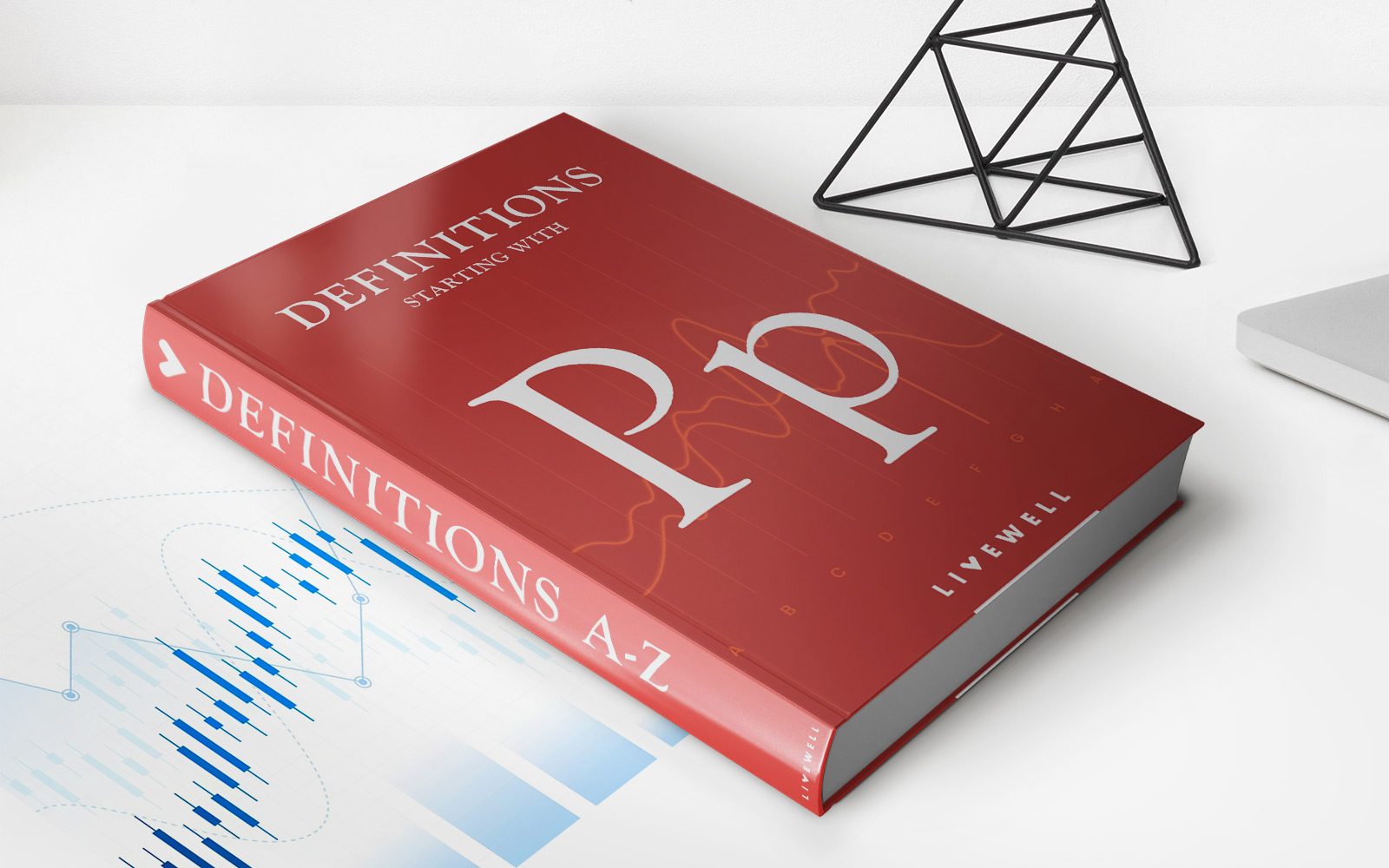Home>Finance>What Are Imperfect Markets? Definition, Types, And Consequences
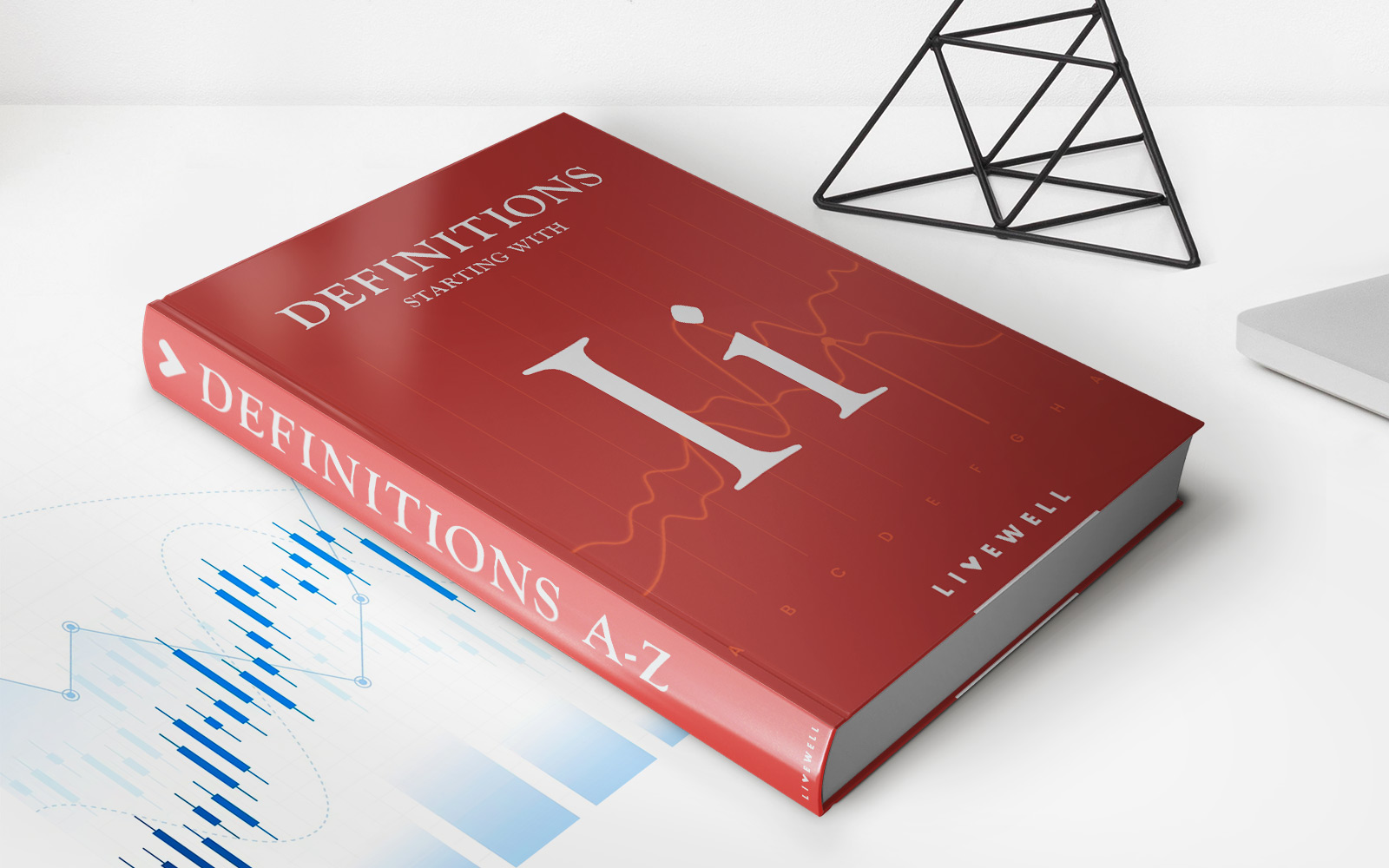

Finance
What Are Imperfect Markets? Definition, Types, And Consequences
Published: December 7, 2023
Learn about imperfect markets in finance, their definition, types, and consequences. Explore how these markets affect economic efficiency and competition.
(Many of the links in this article redirect to a specific reviewed product. Your purchase of these products through affiliate links helps to generate commission for LiveWell, at no extra cost. Learn more)
Understanding Imperfect Markets: A Comprehensive Guide
In the world of economics, markets play a crucial role in determining the allocation of goods and services. But not all markets are created equal. Some operate efficiently, where buyers and sellers have perfect information and fair competition. However, there are also markets that fall under the category of imperfect markets. In this article, we will delve into the definition, types, and consequences of imperfect markets.
Key Takeaways
- Imperfect markets are characterized by barriers to entry, limited competition, and information asymmetry.
- Types of imperfect markets include monopolies, oligopolies, monopolistic competition, and externalities.
- Consequences of imperfect markets include higher prices, reduced consumer choices, and inefficiencies in resource allocation.
Defining Imperfect Markets
Imperfect markets refer to market structures that deviate from the idealized notion of perfect competition. In these markets, certain conditions hinder the smooth operation of supply and demand dynamics, leading to distortions in pricing, allocative efficiency, and consumer welfare. Imperfect markets often arise due to various factors, including barriers to entry, limited competition, and information asymmetry.
Types of Imperfect Markets
There are several types of imperfect markets that exist in the real world:
- Monopoly: A monopoly occurs when a single seller dominates the market, controlling the supply of a particular product or service. This lack of competition gives the monopolist significant pricing power, leading to higher prices and reduced consumer welfare.
- Oligopoly: In an oligopoly, a small number of firms dominate the market, resulting in limited competition. Oligopolistic markets often exhibit interdependence between firms, leading to collusive behavior and the potential for coordination in pricing and output decisions.
- Monopolistic Competition: Monopolistic competition refers to a market structure where many firms operate within an industry, but each firm has some degree of market power. Differentiation through product branding, advertising, or other means allows firms to exert control over pricing and demand for their specific products.
- Externalities: Externalities occur when the actions of one economic entity affects the well-being of others who are not directly involved in the transaction. Externalities can be both positive (beneficial) or negative (harmful) and can lead to inefficiencies in resource allocation.
Consequences of Imperfect Markets
Imperfect markets can have several negative consequences:
- Higher Prices: Due to limited competition, sellers in imperfect markets can charge higher prices compared to what would occur in a perfectly competitive market.
- Reduced Consumer Choices: Limited competition in imperfect markets often leads to a lack of variety and options for consumers.
- Inefficiencies in Resource Allocation: Imperfect markets may result in suboptimal allocation of resources, as firms may not produce the right quantity of goods or services.
In conclusion, imperfect markets pose challenges to efficient resource allocation and consumer welfare. Understanding the types and consequences of imperfect markets is crucial for policymakers and economists alike in their pursuit of promoting fair competition, reducing barriers to entry, and safeguarding consumer interests.

